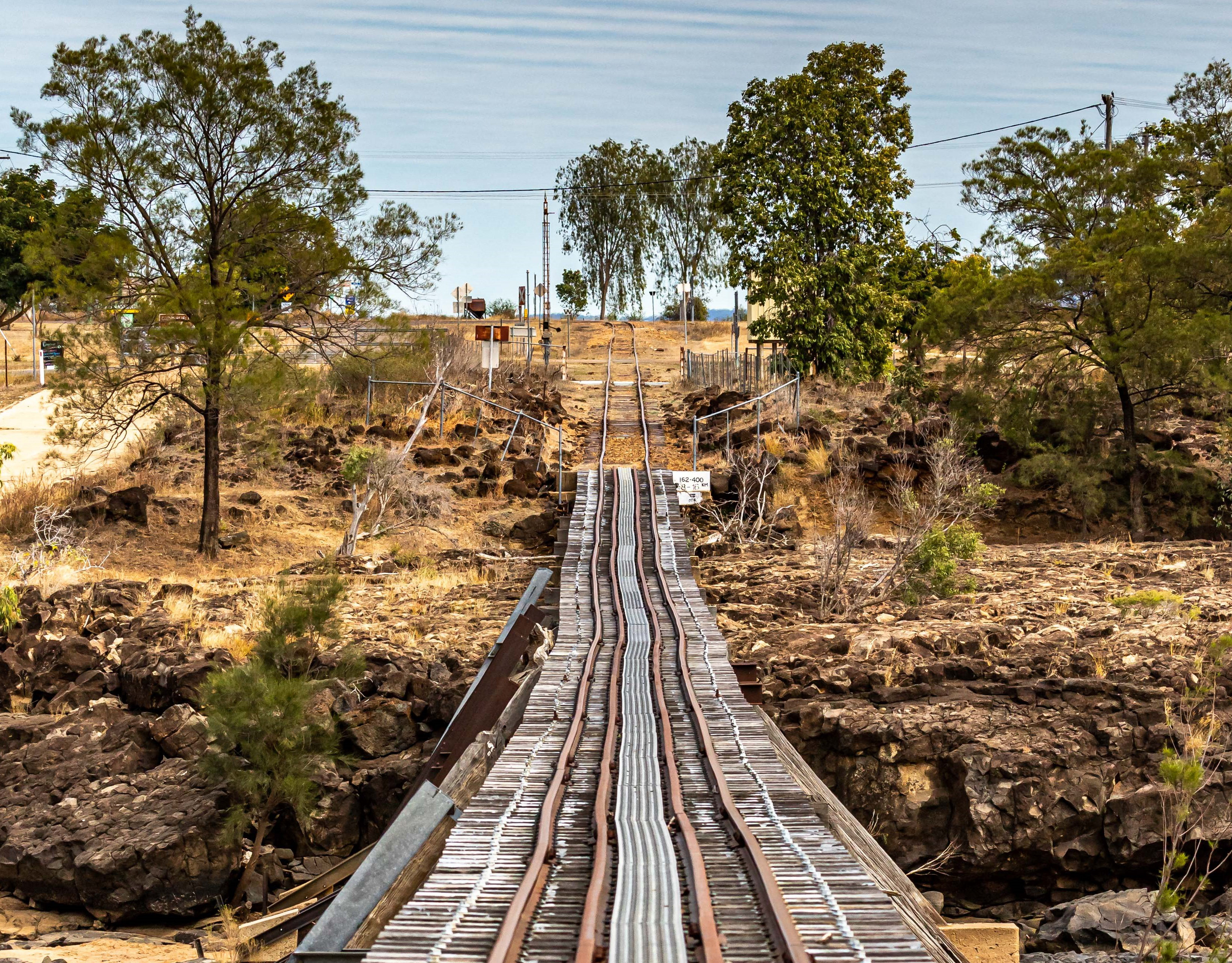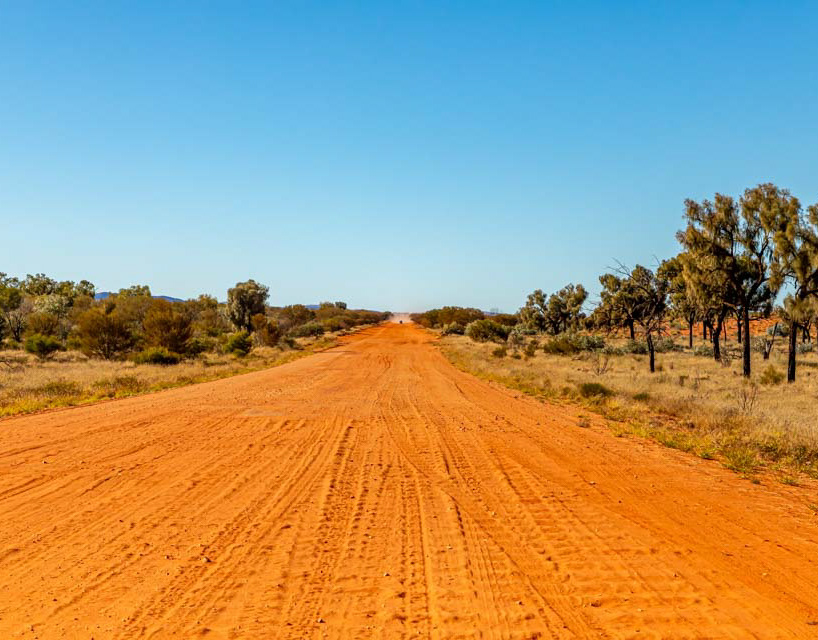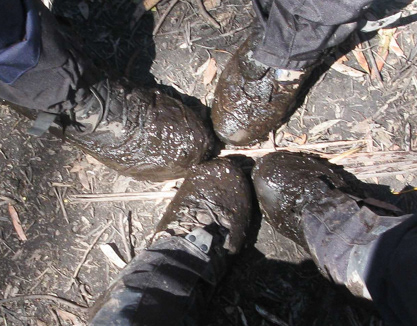The ship breakers
Bangladesh does not have a domestic source of raw materials to produce steel to meet industrial demand. It is therefore reliant on the importation of steel ingots/scrap for local processing and the re-use of steel from demolished ships. Sujauddin et al. (2016) (1) estimated that in 2010 Bangladesh consumed 2.93 million tonnes of steel, with ship breaking meeting approximately 51% of the demand for raw materials and 37% of the demand for finished steel products. Indeed an important industry. According to Young Power in Social Action (YPSA), an NGO working to improve conditions for workers in the Bangladesh shipbreaking yards (2), approximately 700 of the 45,000 ocean-going ships in the world are scrapped annually. At the end of their sailing life, ships are sold so that the steel, about 95% of a ships mass, can be reused. From the 1980s, ship owners started sending their vessels to the scrap yards of India, China, Pakistan, Bangladesh, the Philippines and Vietnam where pay, health and safety standards are minimal and workers are desperate for work. It is estimated that over 100,000 workers are employed at ship breaking yards worldwide. I had seen an exposé on the industry in Australia and was interested to see it for myself. I was able to access a couple of breaking yards on the shores of the Bay of Bengal just north of Chittagong, the epicentre of ship breaking in Bangladesh. Not only is there something like 100 ship breaking yards involved in the actual demolition of the ships, there is also a lucrative secondary industry focussed on the re-cycling of the equipment that comes from the ships. It is a surreal experience driving into Chittagong and almost having to weave between rows of marine engines, toilet units, navigation equipment etc., etc., etc. The most surreal had to be a gaggle of life boats of all shapes and sizes, but all in safety orange, bobbing around in one of the tidal creeks. While it was an interesting experience to see how you break down a huge vessel into bits (carefully), it was also disconcerting to see the conditions under which the lowly-paid, and generally young workers did the job. There is no doubt that the concerns of organisations such as YPSA, regarding worker and environmental safety, are well justified. Maybe however, there is some light at the end of the tunnel. In 2010, the World Bank made significant recommendations regarding worker, environment and transport safety issues in the industry (report No. 58275-SAS (3)). However, probably of more longer term significance, in 2009 the International Maritime Organization (UN specialised agency) were able to get the Hong Kong International Convention for the Safe and Environmentally Sound Recycling of Ships (4,5) adopted at a meeting of 63 representative countries. The stated aim of this convention is to “ensure that ships, when being recycled after reaching the end of their operational lives, do not pose any unnecessary risk to human health and safety or to the environment”. Here’s hoping. (1) Md. Sujauddin, R. Koide, T. Komatsu, Md. Mosharraf Hossain, C. Tokoro, and S. Murakami (2016). Ship Breaking and the Steel Industry in Bangladesh. A Material Flow Perspective. Journal of Industrial Ecology, DOI: 10.1111/jiec.12423, 2016. (2) Ship breaking in Bangladesh (2014). Young Power in Social Action (YPSA) (2014) https://www.shipbreakingbd.info/overview.html (accessed Mar 2017). (3) M. Sarraf, F. Stuer-Lauridsen, M. Dyoulgerov, R. Bloch, S. Wingfield and R. Watkinson (2010). Ship breaking and recycling industry in Bangladesh and Pakistan. World Bank report no. 58275-SAS. (4) Ship recycling Practice and regulation today (June 2011). Lloyds Register, Life Matters. https://www.shipbreakingbd.info/report/ShipRecycling_Lloyds%20Register.pdf (accessed Mar 2017). (5) International Maritime Organization, Ship Recycling http://www.imo.org/en/OurWork/Environment/ShipRecycling/Pages/Default.aspx (accessed Mar 2017)
You may also like









